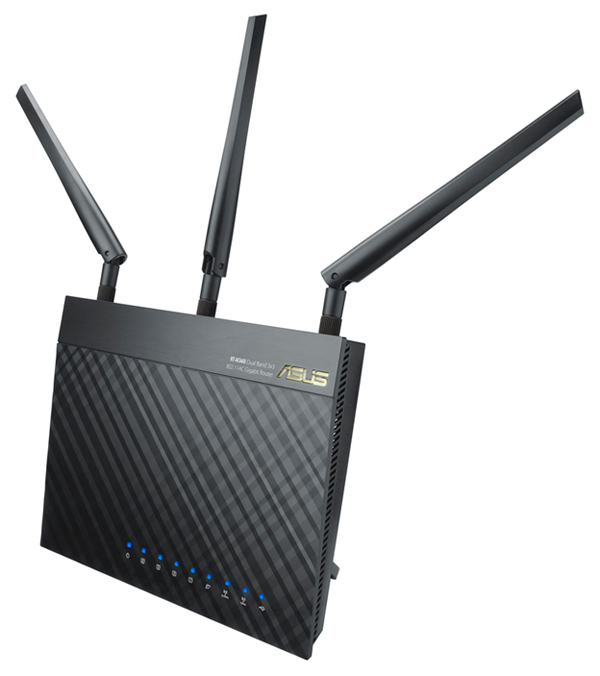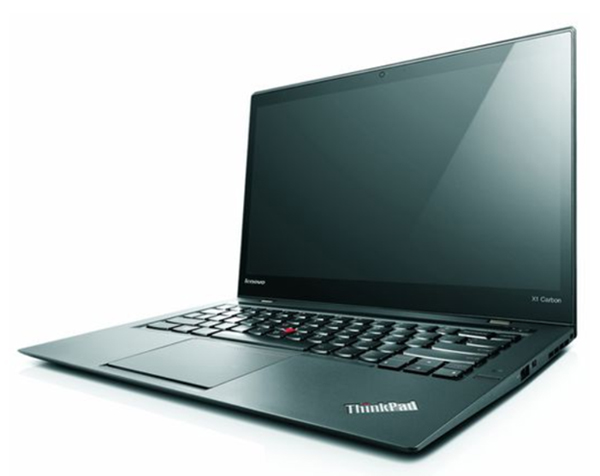How We Test Wireless Range Extenders
Our networking team explains the hardware, software and physical considerations involved in testing wireless range extenders.
Test Hardware
All of our wireless testing is performed by the Tom’s Hardware lab team in Los Angeles. The office they work in is pretty typically of many small businesses, built using materials and structures designed to be torn down and rebuilt for quick renovations. Though not an actual lab constructed with wireless benchmarking in mind, we do employ the office’s airspace and test using a real-world approach.
As for test equipment, we employ several devices to help measure throughput and signal strength. They include a router, a workstation, the range extenders we're evaluating and a laptop.

Starting with the router, we chose Asus' AC1750-capable RT-AC66U as the main Wi-Fi component for our tests. We reviewed and awarded the RT-AC66U our Tom's Hardware Elite previously, mostly due to its balanced approach to cost and performance. The RT-AC66U is a dual-band router that boasts speeds up to 450 Mb/s on the 2.4GHz band and 1300 Mb/s on the 5GHz band. The 3x3 configuration includes three external antennas positioned at 45-degree angles, and it sits on our mobile test cart's highest platform.

Connected to the Asus router via GbE is an ASRock VisionX 471D functioning as a server endpoint device for our testing. Another Tom’s Hardware favorite, the VisionX 471D employs an Intel Core i7-4712MQ processor (6MB cache, up to 3.30GHz), AMD R9 M270X graphics, 8GB of RAM and Intel’s Ethernet Connection I217 transceiver for wired networking.

The lab’s VisionX 471D runs our standard benchmarking image with Microsoft Windows 8 Pro and copies of the software we use for evaluating networking hardware. Although the VisionX 471D has a dual-band Broadcom BCM4352 wireless AC card on-board, we disable it during testing.

For the client end of our testing, we use a Lenovo ThinkPad X1 Carbon Ultrabook as a wireless endpoint device. The ThinkPad X1 Carbon employs an Intel Core i7-5600U CPU (4MB cache, 2.6GHz), 8GB of RAM and Intel HD Graphics 5500. For wireless networking, the ThinkPad X1 Carbon has an on-board Intel dual-band Wireless AC 7265 M.2 Wi-Fi module with a maximum data rate of 867 Mb/s and Bluetooth 4.0 support. Support for a wired GbE is also available, but it’s not used for our range extender testing.
Get Tom's Hardware's best news and in-depth reviews, straight to your inbox.